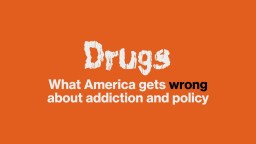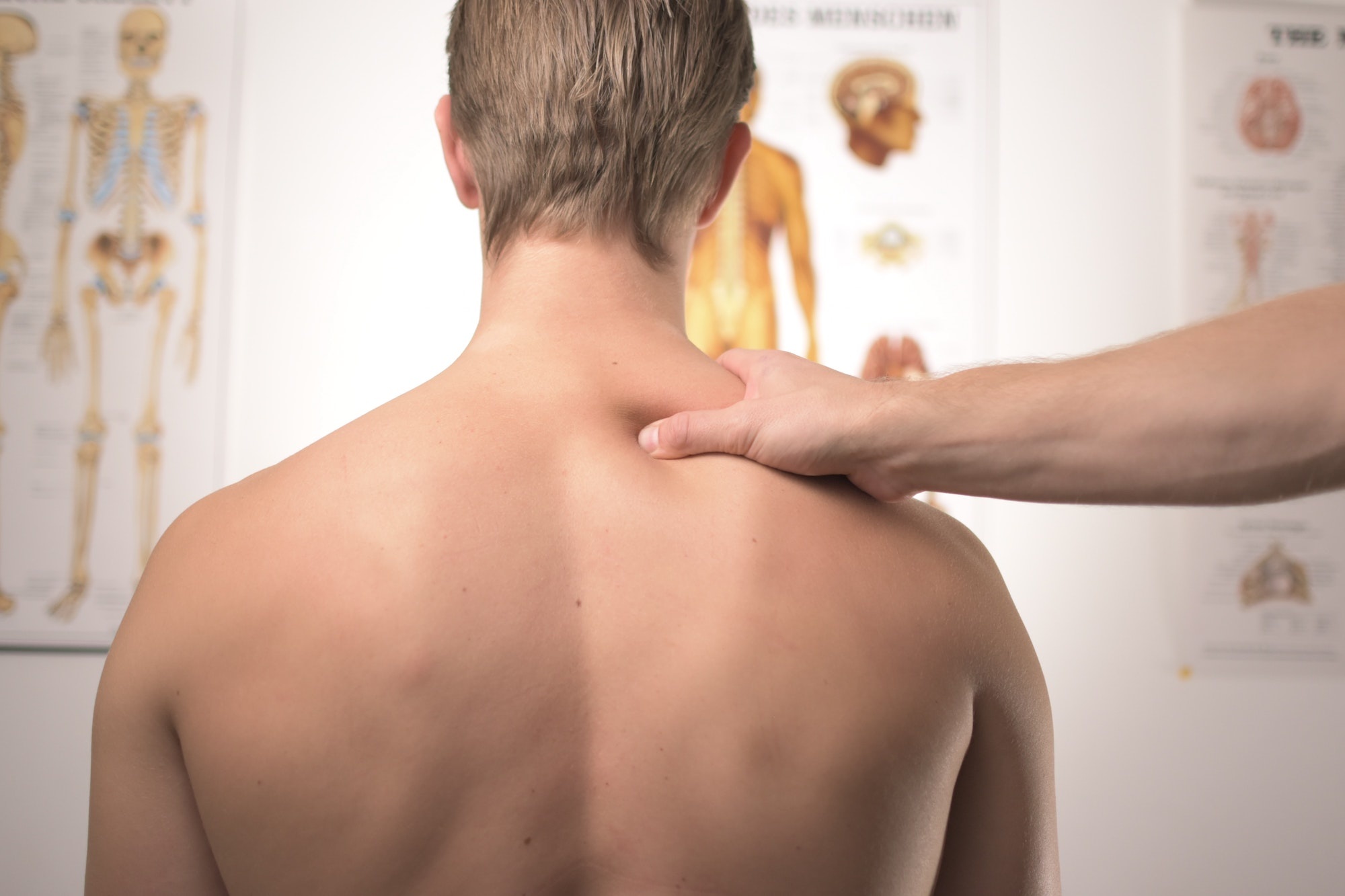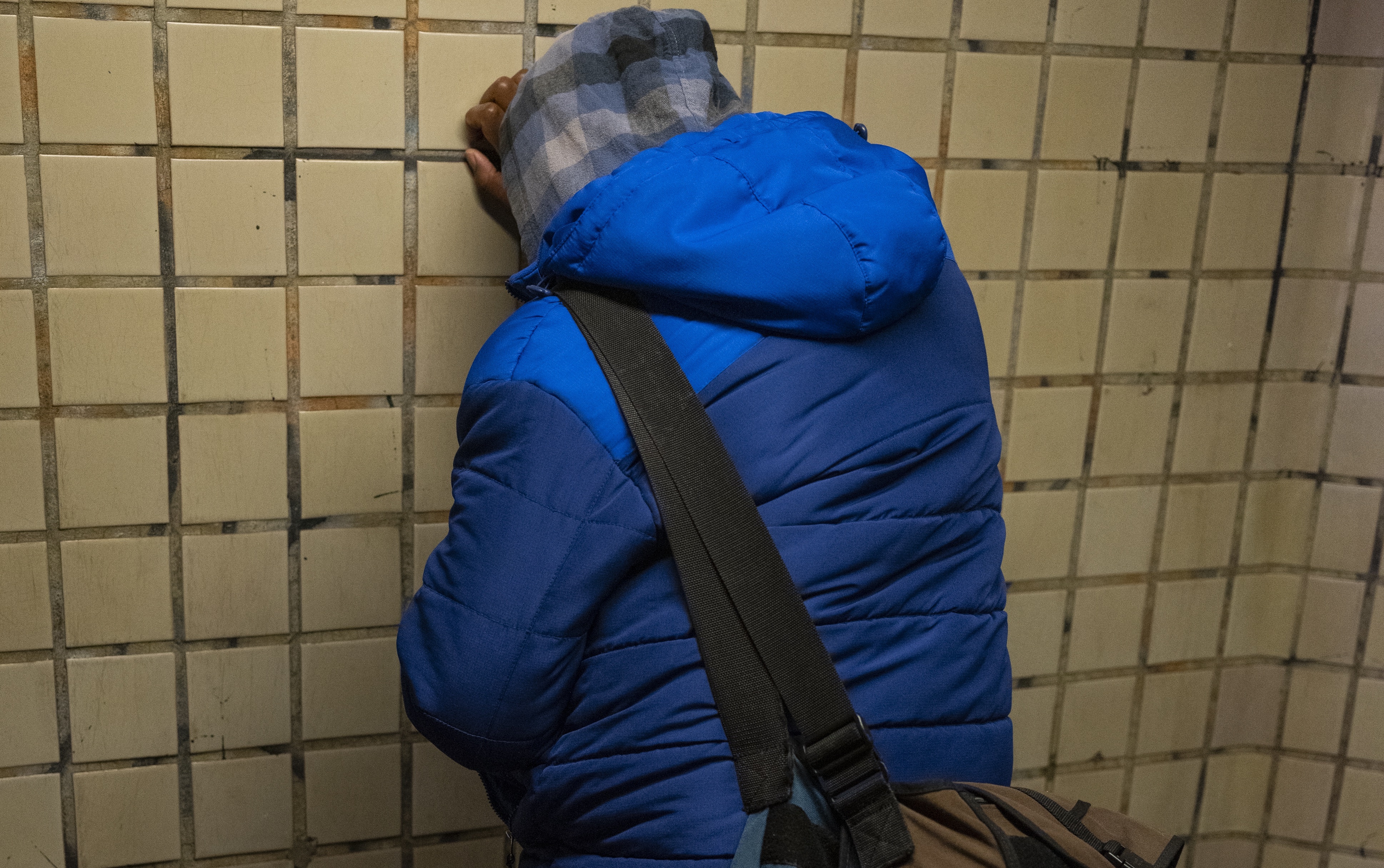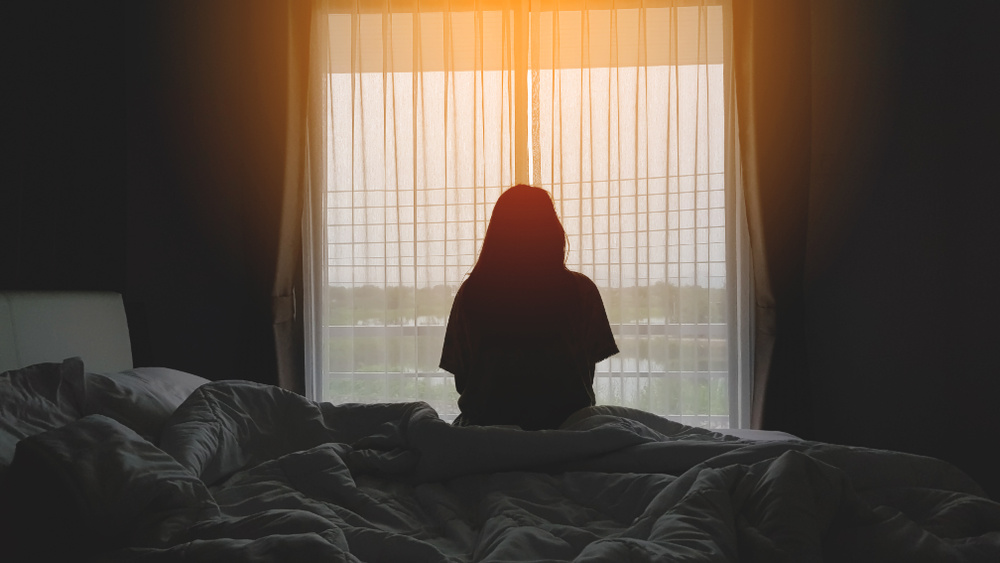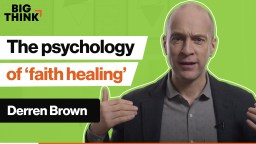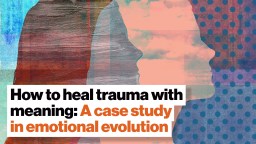pain
You know Steve-O. Now meet Steve Glover, as the professional stuntman talks to us about pain, insecurity, and never finding contentment.
▸
7 min
—
with
Balancing realism and optimism in a dire situation is a key to success.
Cannabidiol (CBD) seems to reduce the unpleasantness of pain, a finding that surprised the researchers behind a new, first-of-its-kind study.
Research from Ohio State finds that acetaminophen affects our emotions.
The goal of this large-scale study was to provide actionable information on how to avoid depression or decrease depressive symptoms.
Addiction is not a moral failure. It is a learning disorder, and viewing it otherwise stops communities and policy makers from the ultimate goal: harm reduction.
▸
19 min
—
with
Researchers at the University of Copenhagen might have discovered a cure.
Rather than trekking up a mountain, a more accurate metaphor for human development involves navigating the waters of a choppy sea.
▸
6 min
—
with
Studies have shown that dominant sexual activity can often boost your work ethic several days after a sexual experience.
Childhood is an important developmental feature of being human. Helicopter parenting disrupts that.
▸
4 min
—
with
A deeper look at what happens in the first 2 years after experiencing sexual trauma.
A new study reminds us that physical and emotional pain are not far apart.
Healing from a break-up should be taken as seriously as healing from a broken arm, says psychiatrist Dr. Guy Winch.
Could your urge to check emails — instead of finishing that major project — be a response to an uncomfortable emotional state?
▸
3 min
—
with
Among the variety of human screams, it is screams of terror that stand out most vividly.
Researchers measured high- and low-adversity participants’ feelings of compassion.
Researchers are only just beginning to really understand anaesthesia awareness.
As tempting as it may be to run away from emotionally-difficult situations, it’s important we confront them head-on.
▸
5 min
—
with
Suffering can buffer us, and make us more polished versions of ourselves — if we have the right attitude.
▸
8 min
—
with
Abraham Maslow’s hierarchy of needs is a well-known model of human development, but Maslow’s friend and colleague Kazimierz Dąbrowski believed humans developed in a different way.
Grief is real. Give it time.
▸
5 min
—
with
What are the plans, and are they enough?
They seem to have a mechanism for caring similar to ours.
The discovery could lead to improved treatments for chronic pain.
The formula for resilience? Hope, grit, and amnesia.
▸
4 min
—
with
The psychological disconnect between humans and other animals puts all forms of life at risk.
Who you let into your mental space matters.
▸
6 min
—
with
Two questions hold the key to breaking through your limitations, says David Goggins.
▸
5 min
—
with





